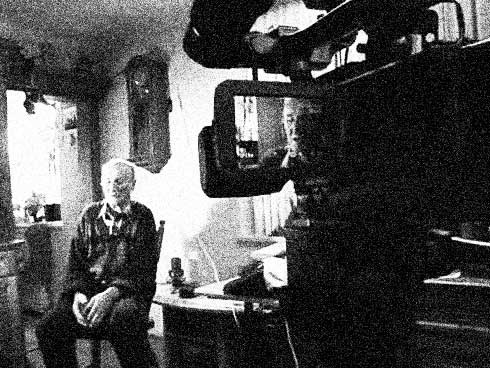The resistance movement in Germany
The outweighing number of German resistance fighters came from the labour movement. Communists, social democrats, union men, left socialists, anarchists and trotskyists fought the national socialist movement before and many even after 1933. In spite of terror and prosecution they addressed the population in flyers, newspapers and paroles at house walls, supported accused ones, sabotaged the war production, contacted forced labourers and prisoners of war, put up resistance in concentration camps and confinement sites.
Christian Hitler-antagonists defended against the enforced political conformity and helped pressed ones. Adolescents consolidated to informal cliques beyond the Hitler Youth. Jehovah’s witnesses and other Christians refused their conscription. Ten-thousands tried to desert from the ‘Wehrmacht’ (armed forces), about 20,000 of them were sentenced to death. The attempt on Hitler by Georg Elser on 9th November 1939 failed as well as the attack by Colonel Claus Count Schenk of Stauffenberg on 20th July 1944.
Hundreds of in the military plot against Hitler involved officers and civilians, including conservatives, liberals, social democrats, union men and Christians were arrested and murdered. Numerous of those German anti-fascists having escaped into foreign countries fought as volunteers on the side of the Spanish Republic against Franco, in the armies of the Anti-Hitler-coalition and in partisan associations in many occupied countries of Europe.


